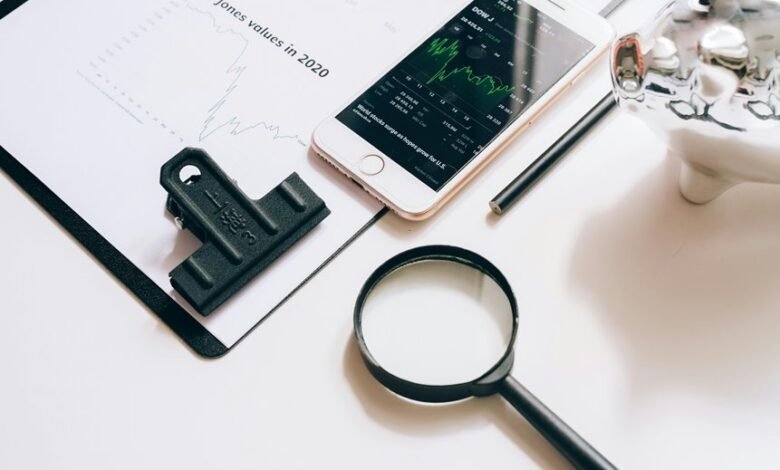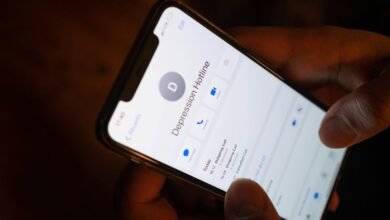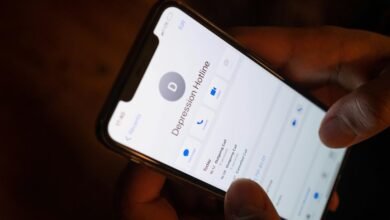Who Called You From 2128706179, 2129521161, 2132052458, 2132102374, 2132711444, and 2132953417? Find Out Everything About Any Phone Number

Numerous individuals have received calls from the numbers 2128706179, 2129521161, 2132052458, 2132102374, 2132711444, and 2132953417. These calls can often raise questions about their source and intent. Utilizing reverse phone lookup services can provide clarity. These tools offer insights into the callers’ identities and backgrounds. Understanding these aspects is crucial for anyone wishing to safeguard their communication. But what specific information can these services uncover about each number?
Understanding Reverse Phone Lookup Services
When individuals seek to identify the owner of an unknown phone number, they often turn to reverse phone lookup services.
These services utilize various reverse search methods, accessing extensive phone number databases to retrieve information. Users can uncover details such as the caller’s name, location, and associated records, empowering them to make informed decisions while maintaining their autonomy in communication.
How to Identify Unknown Callers
How can individuals effectively identify unknown callers in an age where privacy is paramount?
Employing various caller identification techniques, such as utilizing caller ID apps and search engines, enhances transparency.
Additionally, unknown number strategies, including social media inquiries and reverse lookup services, provide valuable insights.
These methods empower individuals to reclaim control over their communication while safeguarding personal information against potential threats.
Tips for Protecting Yourself From Spam Calls
Although spam calls can be a persistent nuisance, individuals can adopt several effective strategies to mitigate their impact and protect their privacy.
Implementing call blocking features on smartphones can significantly reduce unwanted interruptions. Additionally, practicing phone etiquette, such as not engaging with suspicious callers, helps maintain personal boundaries.
Conclusion
In a world where unknown numbers frequently disrupt daily life, the ability to uncover the identities behind calls such as 2128706179 and others becomes invaluable. The suspense of unanswered questions lingers—who is trying to reach you, and what do they want? By leveraging reverse phone lookup services, individuals can seize control of their communication landscape, transforming uncertainty into knowledge. As the mystery unfolds, one must ask: will the next call bring clarity or further intrigue?





